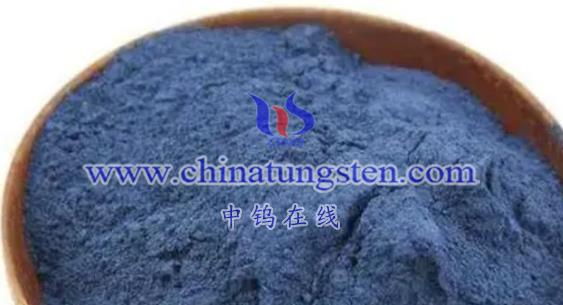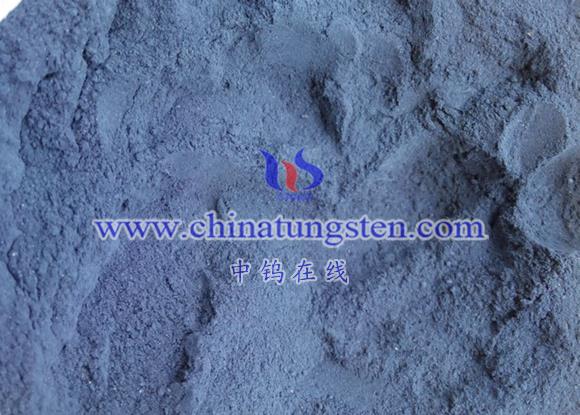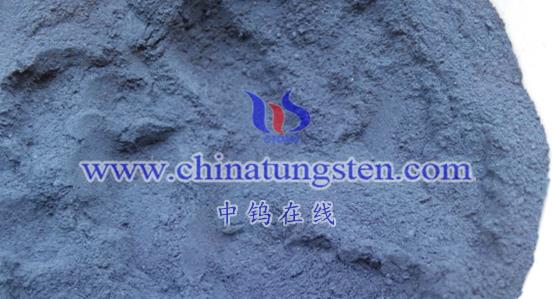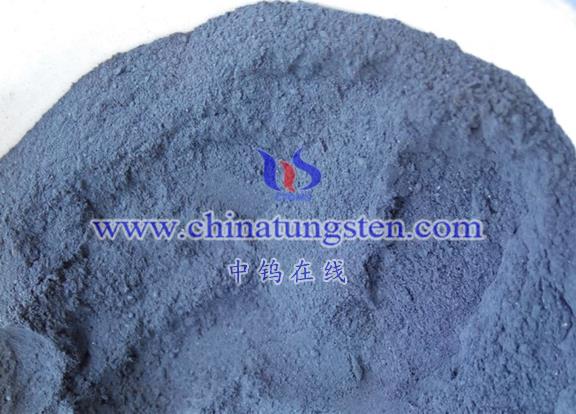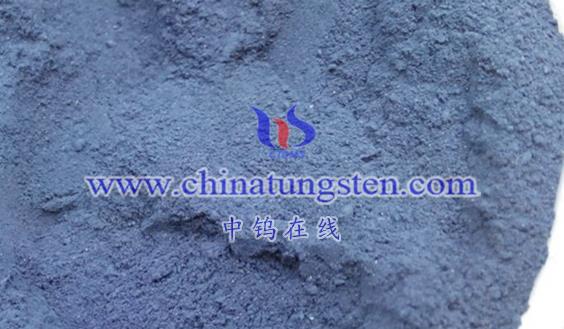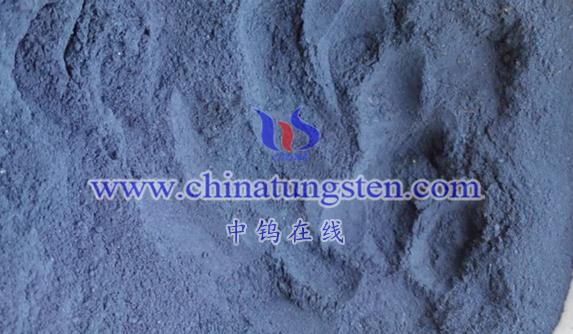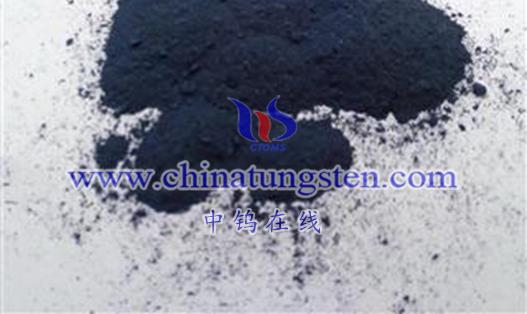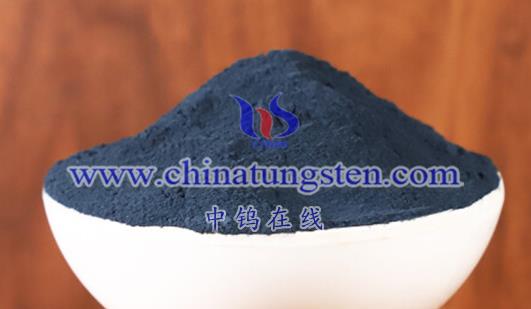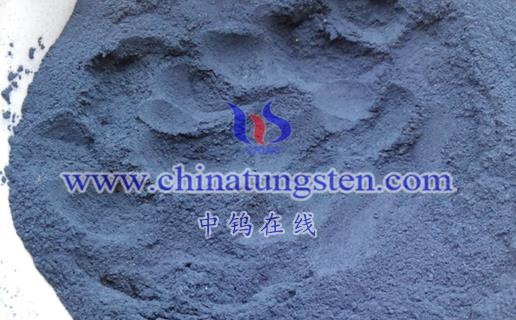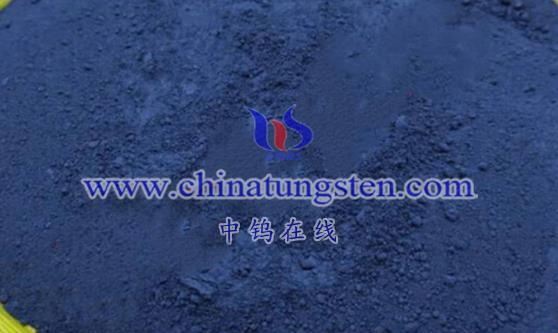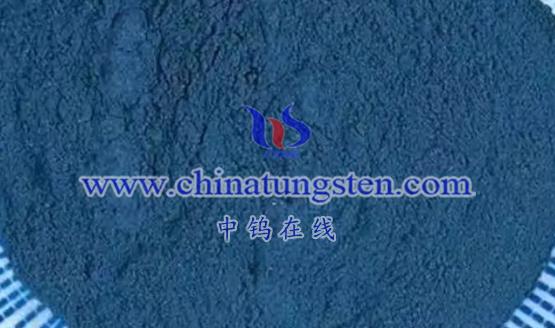
Research in the field of nano tungsten oxide (WO3) is thriving, focusing on several key areas:
- Performance Optimization and Modification
- Element Doping: Researchers are exploring the doping of various elements, such as alkali metals, into nano tungsten oxide to enhance its gas-sensitive and humidity-sensitive properties. For instance, alkali metal doping can create structural defects within the tungsten oxide lattice, increasing gas molecule adsorption and enhancing electronic mobility and oxygen uptake, thereby improving sensor performance.
- Structural Modification: Changing the morphology and structure of nano tungsten oxide (e.g., creating three-dimensional ordered macroporous materials, or 3DOM WO3) can enhance its surface area and porosity, which in turn boosts its adsorption and catalytic capabilities.
- Expansion of Application Areas
- Energy Storage: Due to its excellent chemical stability, high reactivity, large theoretical specific capacity, and good conductivity, nano tungsten oxide is gaining attention in energy storage research. As an additive in battery materials, it can significantly enhance battery performance and cycle life, as well as improve energy conversion efficiency and power output.
- Biomedical Applications: Nano tungsten oxide shows potential in biological imaging, drug delivery, and photothermal therapy. By controlling the size, morphology, and dispersion of the nanoparticles, researchers aim to further optimize their performance for various biomedical applications.
- Sensing Technology: The sensing capabilities of nano tungsten oxide are also a current research focus. Enhancing its gas and humidity sensitivity through modifications can lead to the development of more sensitive and reliable sensors for environmental monitoring and healthcare applications.
- Environmental and Safety Research
- Waste Management: As the use of nano tungsten oxide increases, the management of its waste is becoming a significant concern. Researchers are investigating effective waste disposal methods to facilitate resource recycling and reduce environmental pollution.
- Toxicity Studies: The toxicity of nano tungsten oxide is a critical area of research. Given the unique properties of nanoparticles, their effects on human health and the environment are not fully understood. Further studies on the toxicity mechanisms are necessary to establish safety standards and protective measures.
- Production and Process Optimization
- Green Synthesis Techniques: To reduce production costs and environmental impact, researchers are developing green and efficient methods for synthesizing nano tungsten oxide. For example, hydrothermal and sol-gel methods can minimize harmful emissions and resource waste.
- Scale-Up Production: As the application areas for nano tungsten oxide expand, the demand for large-scale production is increasing. Optimizing production processes and workflows is essential to improve efficiency and product quality to meet market needs.
Conclusion
The research hotspots in the field of nano tungsten oxide encompass performance optimization, application expansion, environmental and safety concerns, and production process improvements. These areas of focus are expected to drive the ongoing development and innovation of nano tungsten oxide technology, facilitating its application in a wider range of fields.
More details of tungsten oxide product, please visit website: tungsten-oxide.com
Please contact CHINATUNGSTEN for inquiry and order of tungsten oxide:
Email: sales@chinatungsten.com
Tel.: 86 592 5129595
